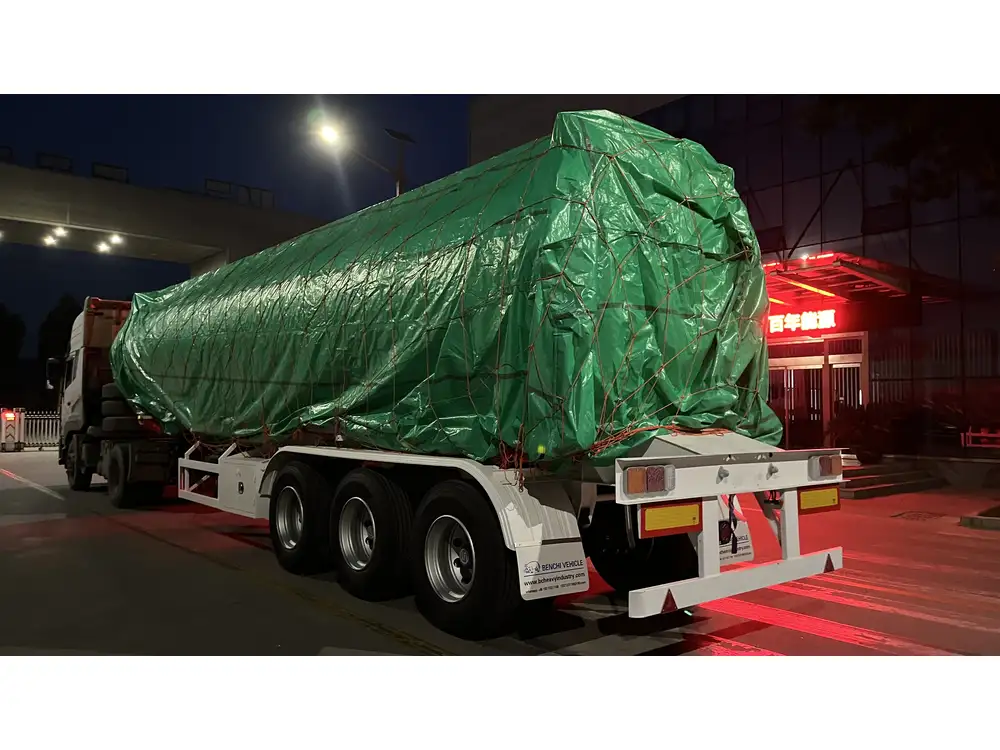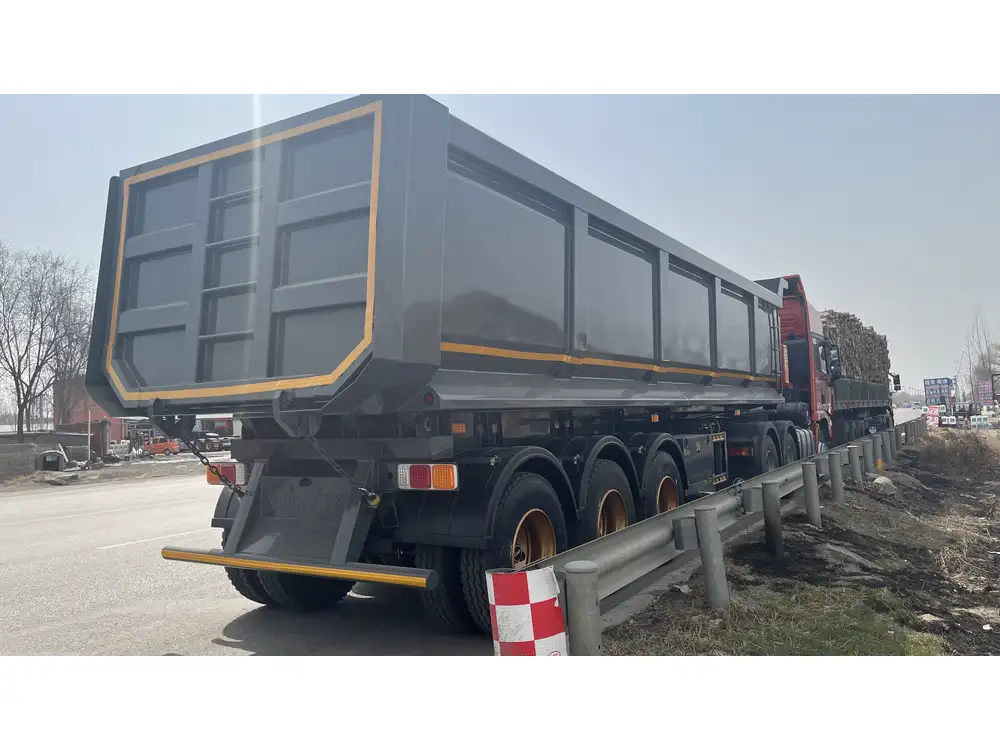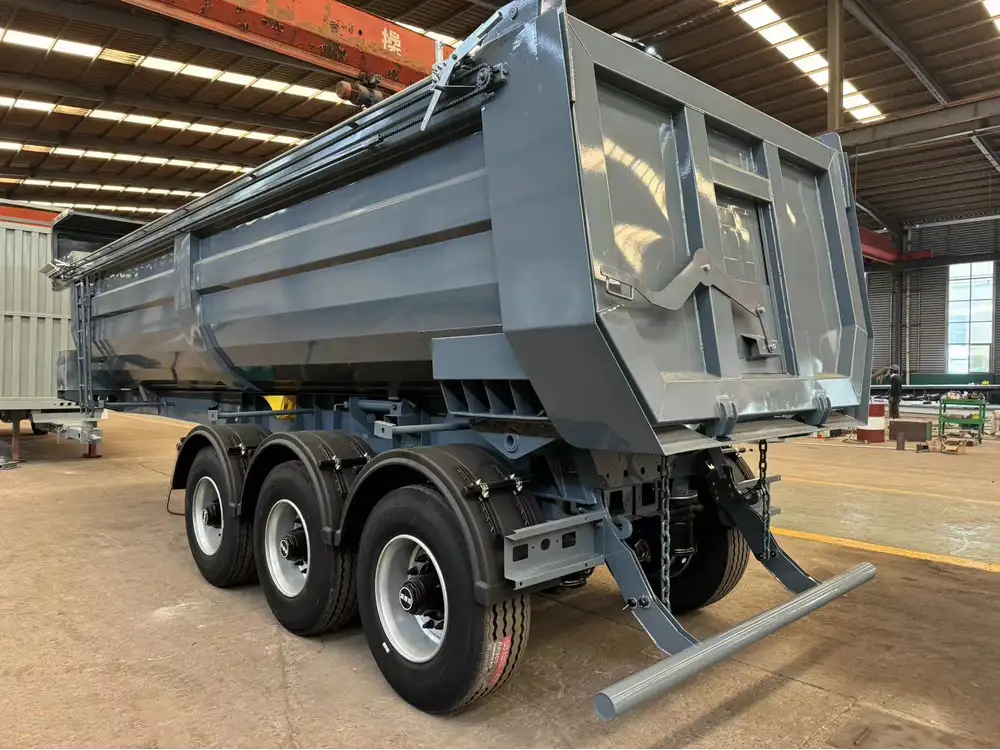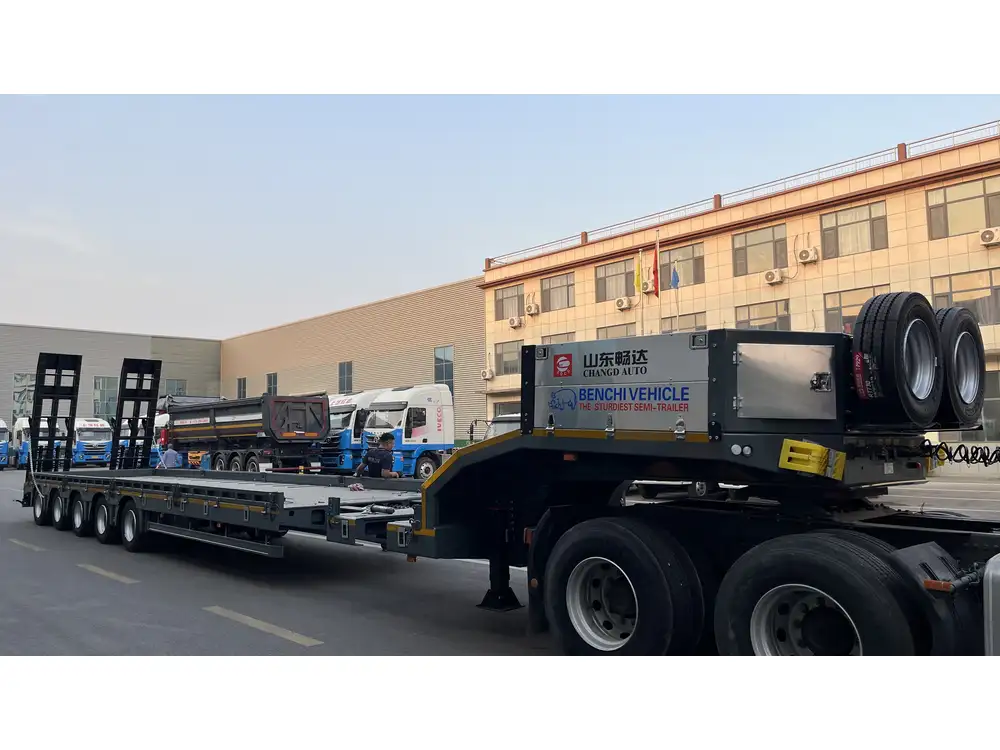Travel trailers, the beloved vessels of adventure and exploration, offer freedom and convenience unparalleled in the modern era. However, one question that arises frequently among enthusiasts and newcomers alike is: Can I add a gray tank to my travel trailer? This inquiry encompasses several aspects, including the benefits of adding a gray tank, technical considerations, installation guidelines, and maintenance practices. By addressing these topics comprehensively, we aim to empower readers to make informed decisions regarding their travel trailer’s plumbing system.
Understanding Gray Water Tanks
What is a Gray Water Tank?
A gray water tank is designed to collect wastewater that originates from various household activities— such as showering, washing dishes, and laundry. Unlike black water tanks, which store sewage and human waste, gray water tanks hold relatively less hazardous waste. This distinction is crucial for understanding the purpose and utility of gray tanks within your travel trailer.

Benefits of Adding a Gray Tank to Your Travel Trailer
The addition of a gray tank presents several advantages:
- Optimized Water Management: Diverting gray water increases efficiency and allows for better management of water resources, particularly in remote areas.
- Extended Dry Camping Options: Adding a gray tank enables longer stays in locations without access to sewer systems, enhancing dry camping experiences.
- Improved Hygiene: Disposing of wash water separates it from sewage, helping maintain hygiene, especially in confined trailer spaces.
Assessing Compatibility: Can You Add a Gray Tank?
Structural Considerations
Compatibility with Existing Systems
Before adding a gray tank, assessing the compatibility between the tank and your travel trailer’s existing plumbing system is essential. Take note of the following:
- Space: Confirm that there is adequate space beneath the trailer for a new tank. Measure available dimensions to avoid purchasing a tank that won’t fit.
- Weight Capacity: Gray tanks filled with water can add significant weight to your trailer. Ensure that the combined weight remains within your trailer’s Gross Vehicle Weight Rating (GVWR).

Legal and Regulatory Constraints
Understanding Local Regulations
Depending on your location, regulations governing the use of gray water systems can vary widely. Verify with local authorities or regulatory bodies concerning any restrictions on gray tank usage, especially in environmentally sensitive areas.
Selecting the Right Gray Tank
Size Considerations
| When selecting a gray tank, size matters. Here’s a quick guide to choosing the right capacity: | Usage | Suggested Tank Size |
|---|---|---|
| Weekender Trips | 20-30 gallons | |
| Extended Trips (1-2 weeks) | 30-50 gallons | |
| Frequent Full-Timers | 50+ gallons |

Material Choices
Gray tanks can be constructed from various materials, including:
- Polyethylene: Lightweight and resistant to corrosion, polyethylene tanks are a popular choice.
- Aluminum: More durable but can corrode over time if not treated properly.
Installation Procedure for a Gray Tank
Tools and Materials Needed
Before embarking on the installation process, gather the necessary tools and materials:
- Gray tank
- PVC pipe and fittings
- Hose clamps
- Sealant
- Drill and bits
- Wrench set
- Safety gear

Step-by-Step Installation Guide
Preparation: Start by emptying your existing tanks—both gray and black— to avoid spillage during installation. Disconnect any electrical power and ensure your work area is safe.
Determine Placement: Choose a location near existing drain lines that allows for a gravity-fed system to function effectively.
Creating an Access Point: Drill an opening into the trailer’s underbelly where the new tank will be mounted. Be careful not to damage surrounding wiring or plumbing.
Connecting Drain Lines: Using PVC piping, connect the shower and sink outlets to the new gray tank. Ensure all connections are secure using hose clamps and sealant to prevent leaks.
Mounting the Tank: Securely mount the new tank in the chosen location, ensuring it is level and properly supported to prevent movement while driving.
Ventilation System: If your tank design includes ventilation, integrate a venting solution to allow air to escape, mitigating pressure build-up.
Testing: After installation, conduct a thorough test. Fill the tank with water to check for leaks and to verify that drainage from your sinks and shower is functioning properly.
Maintenance Tips
Properly maintaining your gray tank is imperative for functionality and longevity. Consider the following maintenance practices:
- Routine Inspections: Regularly check connections and seals for leaks, particularly after extended trips or heavy use.
- Odor Control: Use biodegradable gray water treatments to minimize odors and promote decomposition of organic materials.
- Flushing Systems: Implement a flushing routine every few months using fresh water to avoid buildup and blockage.
Common Questions about Gray Tank Installation

1. What Should I Do if My Travel Trailer Lacks Space for a Gray Tank?
If your travel trailer lacks adequate space, consider alternative solutions such as portable gray water tanks designed for camping. These tanks can be emptied at designated dump stations when full, offering flexibility in waste management.
2. Is It Possible to Install a Gray Tank Myself?
Yes, many travel trailer owners opt for DIY installations, provided they have a solid understanding of plumbing and safety procedures. If you are not comfortable with plumbing work, hiring a professional is recommended.
3. Can I Use a Gray Tank for Stormwater Reuse?
While gray tanks are primarily designed for water reuse in recreational vehicle applications and household uses, be mindful of local regulations concerning stormwater reuse, as there may be legal implications for using gray water in certain settings.

Enhancing Gray Water Management
Innovative Solutions
Implementing innovative solutions can improve gray water disposal and management, including:
- Filtration Systems: Installing filtration systems can help treat gray water for reuse in irrigation and other secondary applications.
- Advanced Technology: Smart sensors and monitoring technologies can help track gray water levels, sending alerts when it’s time to empty the tank.
Conclusion
Adding a gray tank to your travel trailer not only enhances your camping experience but also paves the way for sustainable living on the road. Understanding the benefits, technical considerations, and maintenance practices can transform your trailer into a more functional and enjoyable space. By addressing all these factors, travelers can ensure memorable adventures while maintaining a practical and eco-friendly approach to waste management.
By weighing the pros and cons, seeking advice from experienced users, and staying informed about local regulations, we can confidently navigate the complexities of enhancing our travel trailer plumbing systems with a gray tank. Whether you’re a weekend adventurer or a full-time RV dweller, implementing effective gray water management is essential for enjoying the journey to its fullest.



